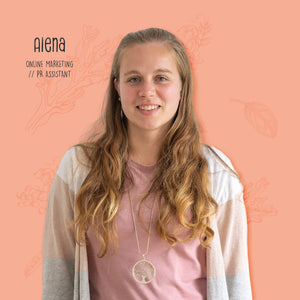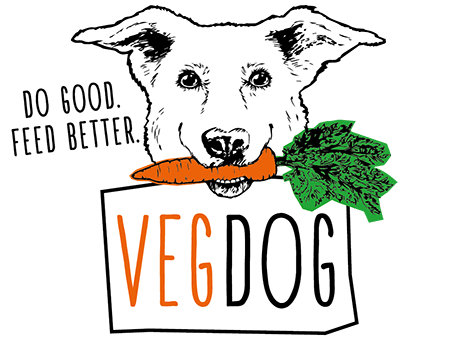
HOW THE WOLF BECAME OUR BEST FRIEND
There are very different figures as to when the wolf encountered humans and their shared history began. Some sources assume 100,000 years (1) from, others from 30,000 (2) to 45,000 years ago .
 Author: Alena Thielert
Author: Alena Thielert
 Proofreader: Carla Steffen
Proofreader: Carla Steffen
Updated: 01.10.2024
Published: 09.03.2021
We have a long history with dogs: first they were useful as wolves. Then they developed into partners. And today they are a member of the family, our best friend. Dogs were man's first pets and over the decades a unique relationship has developed with them. At least every person who shares their life with a dog would agree with this statement.
Come with us on a journey through time, as we explore together the development of the wolf into today's domestic dog.
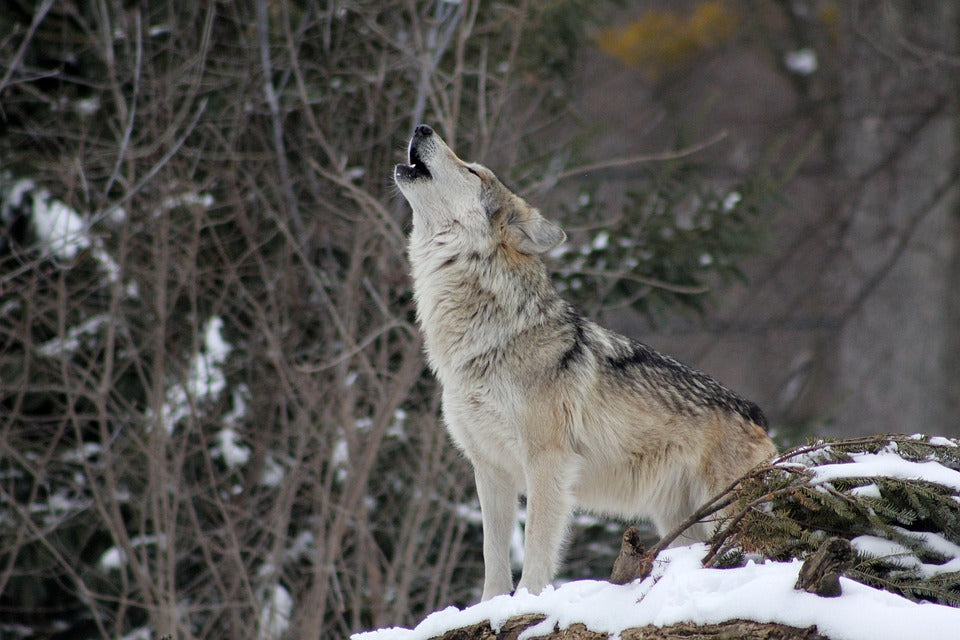
THE WOLF CONQUERED THE WORLD
Our journey begins around a million years ago with the appearance of the wolf (Canis lupus) . It spread from Europe and Asia to almost the entire world, adapting to a wide variety of habitats and conditions, some of which were extremely extreme. It is a fast predator, strong, flexible and clever. This made the wolf the most widespread predator on earth for a long time.
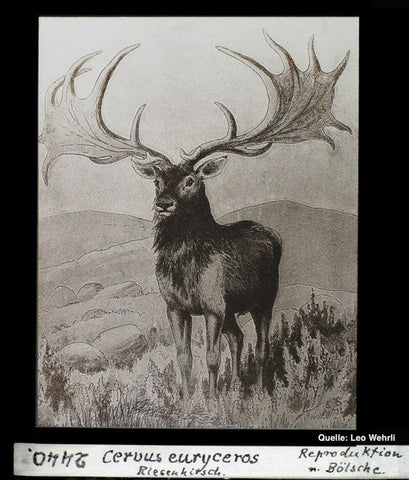
BUT THEN CAME MAN
There are very different estimates of when the wolf met humans and their shared history began. Some sources say 100,000 years ago (1), others say 30,000 (2) to 45,000 years ago . What is clear, however, is that humans and dogs have been connected for many decades .
At first, the wolf observed humans. At that time, both humans and wolves were successful hunters with a similar range of prey. Both primarily hunted large game (eg giant deer) and often shared the same hunting ground. This made wolves and humans competitors .
In times of need, wolves would venture into people's camps and search for leftover food in the garbage. Less shy animals gradually reduced their flight distance, but were tolerated by people. This led to a relationship of convenience : the wolf could find food from people while they warned of wild animals or tracked them down for hunting.
THE BEGINNING OF AN ETERNAL PARTNERSHIP
The direct ancestor of the dog is the camp wolf (3). Although it has not yet been tamed, it already has experience of living with humans. This led to the first tamings, probably through the hand-rearing of puppies. Researchers assume that this period was nevertheless accompanied by conflicts between humans and animals and that wolves were also killed by humans for consumption in times of need (4).
The end of the last ice age (around 10,000 years ago) marked a turning point in people's hunting habits. Large game such as the mammoth became extinct, so hunting had to be switched to smaller, faster animals. The wolf proved to be an ideal support: it tracked down the animals and drove them right in front of the hunters' spears. In this way, the wolf established itself as an ideal hunting companion and partner.
FROM HUNTER TO PROTECTOR
Another important turning point occurred in the Neolithic period (depending on the region, around 8,500 to 3,300 BC). Not only for the development of humans, but also in the domestication of dogs: humans became sedentary and changed from hunters and gatherers to farmers and cattle breeders. The dog took on the important role of guard and herding dog. Unlike the wolf, the hunting instinct in dogs can be weakly developed or can be trained out of it. This gave the dog a permanent place in the community. A place that a wolf could not and would not have occupied.
THE DOG “MUTATES” INTO AN OMNIVORE
The dog now also accepted human food, but since meat was still valuable and reserved for humans, the dog's diet continued to consist mainly of plant-based ingredients. This led to a mutation of the genes: today, the dog has five times the amount of amylase enzymes (even more than horses!) andcan therefore digest starch (5). The dog was therefore perfectly adapted to the predominantly plant-based diet of the time.
MAN BEGAN TO SHAPE
Over time, humans and dogs have adapted more and more to living together . Different breeds have developed in different parts of the world based on their respective needs and conditions:

The Tesem, one of the oldest dog breeds, was created in Egypt during the time of the Pharaohs (around 2,707 to 1075 BC). There was a very close relationship between man and dog; the dog was recognized as part of the family and had a name. The dog had a special significance for the Egyptians because, as the god Anubis, he watched over the dead. After the death of his dog, the dog owner shaved his head as a sign of mourning.

The powerful, fearless Molosser was used as a war dog in ancient Persia (550 to 330 BC) and by the Romans in arena fights.
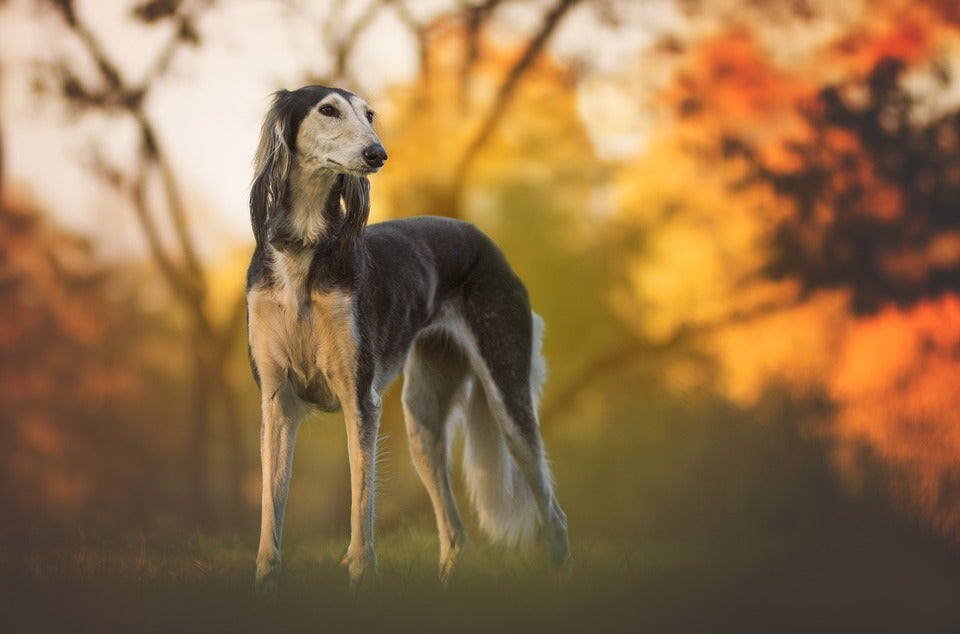
Arab Bedouins are said to have been the first to breed Peruvian Greyhounds, which were perfectly adapted to hunting due to their narrow bodies and long legs.

Chinese emperors had a preference for small dogs, which led to the creation of the Pekingese during the Han Dynasty (206 BC to 220 AD).
THE DOG SHOULD LEARN
In 4 BC, the Greek Xenophon wrote the work “Kynegetikós”, in which the breeding and training of dogs was recorded for the first time. Even then, he stated that dogs should have short names and that commands should be short and clear. The written words are still relevant today.
A UNIQUE RELATIONSHIP
Scientists assume that without dogs, humans would not be where they are today, as dogs have played a key role in shaping human development. Today, dogs are the most popular pet after cats. In 2020, 10.56 million dogs lived in German households (6). (Source: Statista) .
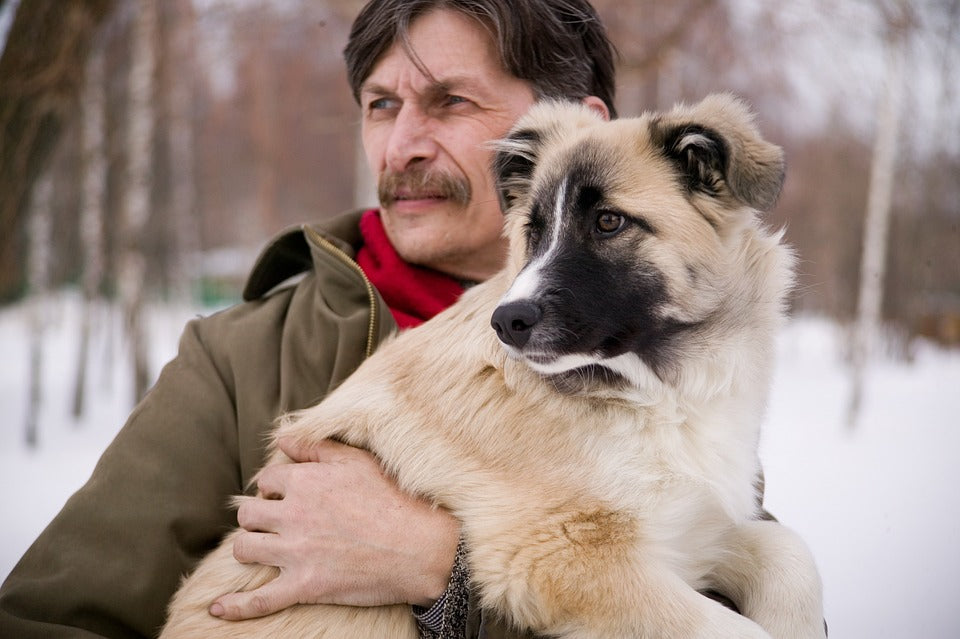
A unique relationship has developed between humans and dogs over the decades. Dogs can read our emotions, identify our gestures and facial expressions, and understand us. They can connect language and tone of voice and only acknowledge praise when it matches the tone of voice. When we look at our dogs, we release happiness hormones. At the same time, our stress hormones drop when we pet them. These hormonal changes are also possible in dogs (7, 8). There are also various studies that show that people with dogs lead healthier lives. In Sweden, it was confirmed that dog owners live an average of three years longer (9).
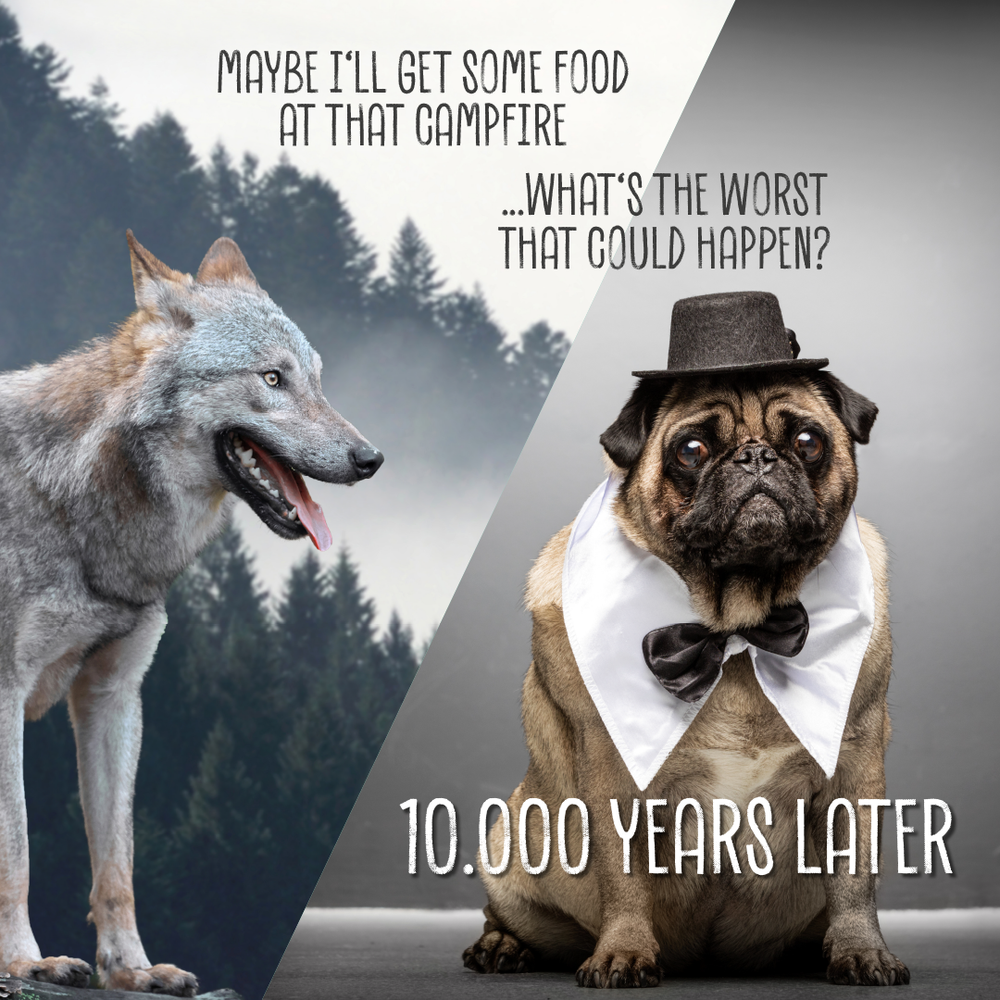
WHERE HAS THE WOLF GONE?
After all the years of living together and developing together, there is little left of the wolf . While the wolf is a pack animal with a strong sense of sociality within the family, the dog has shifted its social behavior away from its fellow dogs and towards humans. It is now their social partner, and their loyalty and cooperation are directed towards them.
A lot has also changed visually: There are now around 400 dog breeds. Some of them have squashed noses, short tails or huge eyes. Some characteristics even affect the animals' health.
We put collars and leashes on our dogs, decide when they eat and go for walks. We take them to the vet, cuddle them on the sofa and teach them tricks. It's only when it comes to feeding that many people think they have a wolf and hunters sitting on the sofa at home again. And between you and me: the idea of a pack of Chihuahuas trying to hunt a cow does make us smile a little 😉
Even street dogs prefer to be with humans and feed on their waste instead of hunting themselves, just like wolves did many decades ago. Living with humans conserves resources and is therefore species-preserving.
MY DOG, THE VEGAN…?
So why is the wolf's descent repeatedly cited as an argument for a meat-heavy diet, especially when it comes to nutrition?
Tessa Zaune-Figlar, founder of VEGDOG
Unlike wolves, dogs are able to metabolize starch due to their domestication and are therefore omnivores like humans (5). Dogs can digest plant protein just as well as animal protein, provided it is available in the right form. Dogs therefore need protein and not meat!
Dogs today - like us humans - eat far too much meat. It is easily available and cheap. Unlike in the past, when it was a rarity. In the 1990s, for example, food only contained 4% animal by-products, while today the meat content is up to 80% pure muscle meat. This is also the reason for the increasing number of food allergies. Some dogs can no longer tolerate animal protein, especially in large quantities (10, 11), as BMC Veterinary Research confirms:
BMC Veterinary Research by Mueller et al., 2016 (9)
The most frequently reported food allergens involved in CAFRs in dogs were beef (102 dogs, 34%), dairy products (51 dogs, 17%), chicken (45 dogs, 15%), wheat (38 dogs, 13%) and lamb (14.5%). Other less commonly reported offending food sources were soy (18 dogs, 6%), corn (13 dogs, 4%), egg (11 dogs, 4%), pork (7 dogs, 2%), fish and rice (5 dogs each, 2%).
A meat-heavy dog diet is therefore inappropriate, whereas a plant-based diet is not only possible, but in some cases even advisable .

The important thing is that the dogs enjoy it and that they are provided with all the necessary nutrients. And that is what we stand for with our VEGDOG products . If we can also save lives and protect the climate, vegan dog food should no longer be a cause for discussion . Even one veggie day a week makes a big difference, because EVERY CAN COUNTS !
Wolves are wonderful animals and we are grateful that they are the ancestor of our dogs. Without them, our furry friends would not exist. But the wolf lives in the wild and the dog lives in our apartments and houses. The other way round would not be possible today. So it is time to move away from the wolf comparison when it comes to nutrition.
SOURCES
(1) Vilà, C., et al., Multiple and Ancient Origins of the Domestic Dog. Science, 1997. 276 (5319): p. 1687.
(2) Skoglund, P., A. Götherström, and M. Jakobsson, Estimation of Population Divergence Times from Non-Overlapping Genomic Sequences: Examples from Dogs and Wolves. Molecular Biology and Evolution, 2010. 28 (4): p. 1505-1517.
(3) Freedman, AH, et al., Genome sequencing highlights the dynamic early history of dogs. PLoS Genet, 2014. 10 (1): p. e1004016.
(4) Galibert, F., et al., Toward understanding dog evolutionary and domestication history. Comptes Rendus Biologies, 2011. 334 (3): p. 190-196.6. Axelsson, E., et al., The genomic signature of dog domestication reveals adaptation to a starch-rich diet. Nature, 2013. 495 (7441): p. 360-364.
(5) Axelsson, E., et al., The genomic signature of dog domestication reveals adaptation to a starch-rich diet. Nature, 2013. 495 (7441): p. 360-364.
(6) Statista (2021), Pet owners in Germany by number of dogs in the household from 2017 to 2020. February 23, 2021.
(7) Archer, J., Why do people love their pets? Evolution and Human Behavior, 1997. 18 (4): p. 237-259.
(8) Topal, J., Attachment behavior in dogs (Canis familiaris): A new application of Ainsworth's (1969) Strange Situation Test. Journal of Comparative Psychology, 1998. 112 (3): p. 219-229.
(9) Mubanga, M., et al., Dog ownership and the risk of cardiovascular disease and death – a nationwide cohort study. Scientific Reports, 2017. 7 (1): p. 15821.
(10) Mueller, RS, T. Olivry, and P. Prélaud, Critically appraised topic on adverse food reactions of companion animals (2): common food allergen sources in dogs and cats. BMC Veterinary Research, 2016. 12 (1): p. 9.12.
(11) Meyer&Zentek, Nutrition of the Dog , ed. 7. 2013, Berlin: Thieme Verlagsgruppe

